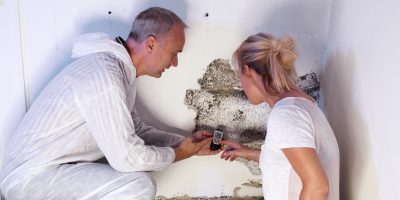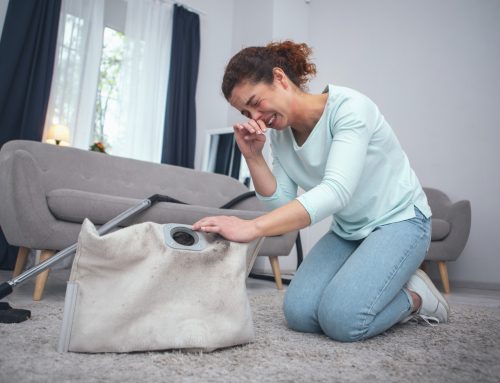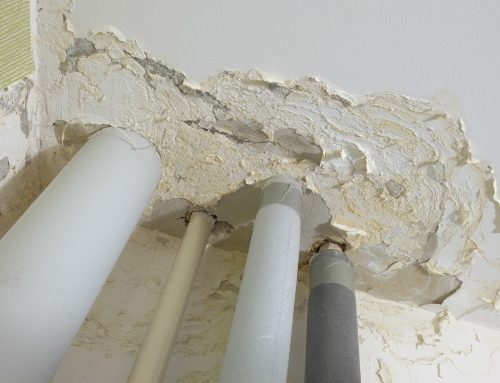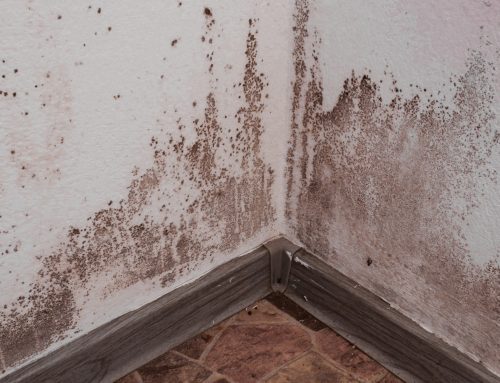 Did you know that 93% of chronic sinus infections have been attributed to mold? This is just one negative impact that mold can cause, but others can be more damaging and even deadly. When you suspect mold in the home, you should hire a mold remediation service to properly remove the issue.
Did you know that 93% of chronic sinus infections have been attributed to mold? This is just one negative impact that mold can cause, but others can be more damaging and even deadly. When you suspect mold in the home, you should hire a mold remediation service to properly remove the issue.
Read on to learn about what to expect during the mold remediation process.
Assessment
The beginning step of the mold remediation process is the inspection assessment. This involves different techniques like moisture surveys and mold air quality testing.
Mold remediation companies will send a professional inspector out to check for any airborne mold and document the visible mold areas. Once the assessment is over, you and the remediation company will receive a report. Mold remediation services can then create a contract detailing what will happen during the process and its cost.
During this process, a professional will sample the mold to find the root of the issue. They will also be able to identify the species of mold for you.
What Causes Mold?
Any building that has a moisture problem is likely to go through a mold issue. Places without sunlight and inadequate airflow are where spores are going to latch onto. This could be behind wallpaper, on walls, ceilings, and along the windowsills.
Another cause of mold is water leaks and high humidity levels. Mold spores rely on dependable nourishment that water leaks can provide. You will often find growing mold clusters on damp carpeting, wooden materials, and drywall.
Preparing the Home
Knowing how to remediate mold shouldn’t fall completely on the company. As the homeowner, it is up to you to do prep work before the remediation company arrives.
You may be responsible for getting the moisture problem fixed. For example, if mold is forming because of a leaky pipe, a plumber may fix or replace it. If the leak isn’t corrected, mold will reoccur after remediation.
A company should have professional drying methods that get all of the moisture out of your home. However, if you need to dry the space out before a remediation company can get there, you can use dehumidifiers to speed the drying process up. You can also crank up the temperature and use fans to dry the remaining materials.
These techniques can help evaporate any moisture in the space. It can also help keep mold out of areas that may need removal, as the carpet.
You should also prepare the home by creating a clear path to the areas affected by mold. The remediation crew may need to bring large equipment inside that requires enough space.
Isolation of the Contaminated Area
Before beginning the mold remediation process, plastic sheeting will get used to seal the mold area. This is to prevent it from affecting other areas as mold spores tend to spread easily. By using a HEPA-filtered air scrubber, mold spores are removed from the air.
Removing Damaged Materials
If mold has made its way into the walls, these damaged materials need to get removed. If you have drywall and insulation that has been affected by mold, the materials will be carefully carried out.
Other items that may need removal if they come into contact with mold include carpets and other fabrics. Micro cleaning may be an option for items in the home that have settled mold spores.
After the damaged materials are removed, another part of the cleaning process begins. The remediation company will use sprays on the mold, often biocide. This is a mold-killer that will make the mold unable to reproduce.
Final Testing
The mold remediation process cannot be completed without testing the air quality one last time. The inspector who is certified to test this will do so. This test will ensure your home is safe from mold.
How to Prevent Mold Growth
After the mold remediation process, professionals can provide you with great tips to keep mold from growing back. It is essential to keep mold out of the home to prevent health problems that mold can cause. Some of the mold exposure symptoms include nasal stuffiness, eye irritation, throat irritation, skin irritation, and coughing.
The best way to avoid this is by controlling the moisture in the home. The humidity level should always stay under 60%.
If you do come across wet areas in your home, dry them up as quickly as possible. Mold only takes a few days to grow. Any surface that is prone to mold growth should get cleaned and disinfected.
At the first sign of a leak, whether it is in the walls, roof, or foundation, you should get it repaired. HVAC units are also a good place for mold to grow and hide. This means HVAC maintenance should regularly get completed, such as draining the units.
You should also improve airflow in your home to prevent mold from getting into the air. Furniture should get moved from the walls to provide better ventilation. Keep closet doors open as much as possible and open windows when you can.
If you have a basement, it is essential to monitor the insulation. You should have a foundation drain, humidifier, thermal plane and insulate the walls. All of these can help keep the entire room dry and prevent mold growth.
The Mold Remediation Process Explained
Being unsure of the mold in your home means you need professional services to inspect mold for you. The remediation process includes an assessment that includes looking for past mold issues. It is essential to hire mold remediation services that can help you find the source of your mold problem and get rid of it safely.
If you suspect mold in your home, we can provide you with a fair assessment so you can decide how to go about the issue. Contact us now for mold remediation services.



